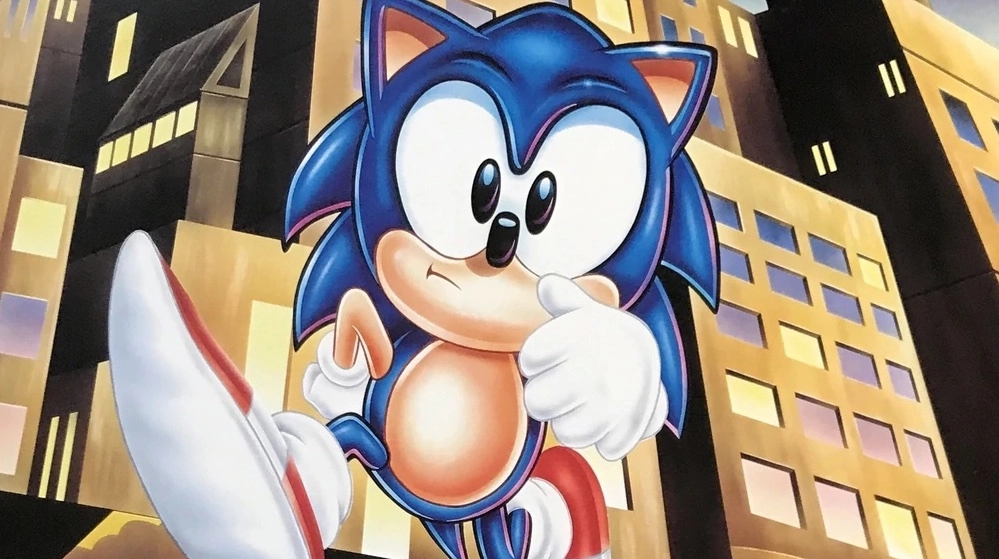
In the early 1990s, the video game market was dominated by Nintendo's Super Mario. But Sega, an ambitious competitor, was not deterred. They had a new mascot, Sonic the Hedgehog, and they were poised to challenge the status quo. Behind Sega's strategy was a man named Al Nilsen, Sega of America's former global head of marketing. Nilsen's story gives a behind-the-scenes look at the birth of Sonic and the aggressive campaign that helped Sega's Genesis console become a household name.
Nilsen's journey with Sega began in 1989, after experiences with Hasbro and Mattel. At Sega, he was tasked with launching the Genesis system in the US. During these foundational years, he also interacted with Sega of Japan and worked closely with pop icon Michael Jackson. Nilsen recalls his interview process, where he had to persuade Sega of Japan to take a chance on the American market with the new 16-bit system through a presentation he created.
One pivotal moment in Sega's history was the advent of the TeleGenesis, the North American counterpart to Japan's Mega Modem. It was meant to revolutionize gaming with its ability to connect to telephone lines. However, due to high production costs and subpar gaming experience, the modem never saw a widespread release in the US.
The concept of Sonic the Hedgehog came from a competition at Sega to find a new mascot. Nilsen made the decision between an egg-shaped character, which he felt was too young for their target audience, and Sonic, opting for the latter despite its initial oddity. The moment he saw Sonic in motion, with its blazing speed and vibrant colors, Nilsen knew Sega had something special.
Developing Sonic's image was a collective effort. Former Sega of America president Tom Kalinske encouraged team input, and ideas were built collaboratively. Sega wanted Sonic to penetrate every aspect of popular culture, appealing to children and adults alike. This strategy also involved keeping Sonic under wraps until just before its launch to surprise consumers and competitors alike.
When Sega introduced Sonic at the Consumer Electronics Show in 1991, they went head to head with Nintendo's Super Mario World. Sega showcased the difference in speed and visual vibrancy between Sonic and Super Mario, a comparison that favored Sonic. This generated buzz and anticipation around the new game.
In a strategic masterstroke, Sega took Sonic on a mall tour across America, inviting people to play it and Super Mario World side by side, before the launch of the Super Nintendo in the US. The campaign was a resounding success, with the majority voting for Sonic's gameplay over Mario's, even near Nintendo's headquarters.
Nilsen spearheaded the historic Sonic 2's global launch, dubbed 'Sonic 2sday,' coordinating efforts across various regions. This event marked the onset of an era where characters like Sonic became synonymous with the gaming consoles they featured on. It wasn't just about creating a captivating game; it was about cultivating a cultural phenomenon.
As Sega's fortunes rose, Nilsen noted a shift in the company dynamics, with Sega of Japan starting to dictate decisions without much input from Sega of America. Coupled with his shift to a global marketing role, Nilsen felt distanced from the direct impact he previously had on product development and marketing. This, among other reasons such as demanding travel, led him to leave Sega for a new opportunity at Viacom in 1993.
Nilsen's tenure at Sega, particularly his work with Sonic, reshaped the gaming industry. Sonic burst onto the scene, captivating players with its speed and style, and Sega cemented their status in the console wars of the '90s. The strategy behind Sonic's success has become a study in innovative marketing and how to introduce groundbreaking products against fierce competition. In retrospect, the efforts of Al Nilsen and his team did not just sell a game or a console; they created an enduring legacy of a blue hedgehog that remains relevant in popular culture to this day.
You must be logged in to post a comment!